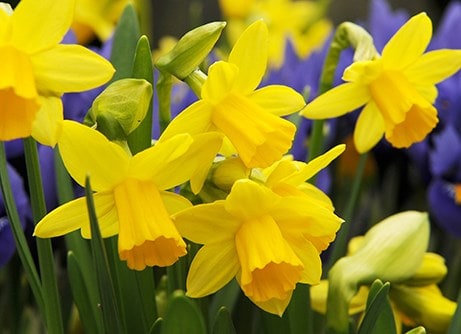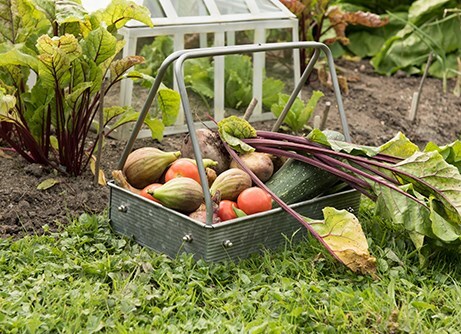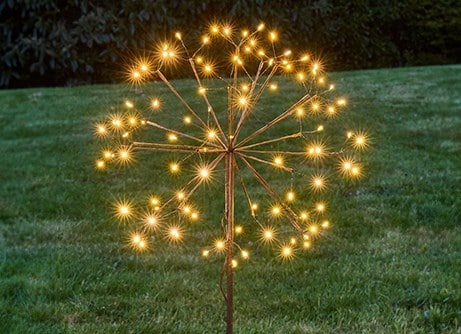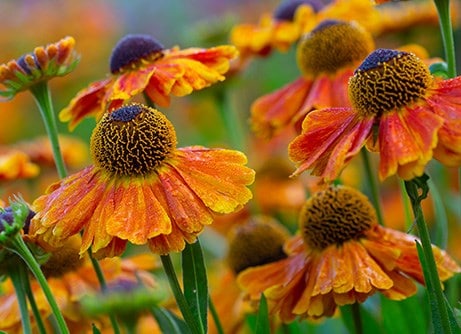-
Offers
Multibuy offers
Last chance to buy
-
Plants
Outdoor plants by type
Seasonal plants
-
Bulbs
By type
Planting essentials
-
Pots
Outdoor pots by type
Outdoor pots by material
-
Tool Shed
Garden equipment
Garden tools
- New tools
- Cutting & pruning tools
- Digging
- Weeding tools
- Bulb planting tools
- Tool care and accessories
Potting & propagating
Plant protection
Plant support
Landscaping
-
Outdoor Living
Outdoor living
Lighting
- Festoon and string lights
- Solar lighting
- Tealights holders & lanterns
- Path & stake lights
- Decorative lights
Birdcare & wildlife
-
RHS AGM
Garden Staples
Grow your own
Inspiration
-
Christmas
Decorations
By themes
Plants
- RHS Gift Cards
-
Basket
Information & Help
My account

RHS Plants Home Plants Perennials Alstromeria plants Alstroemeria Inticancha Paraiso ('Tesparai') (PBR) (Inticancha Series)









